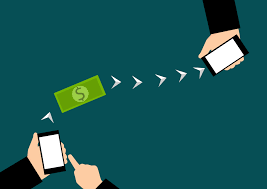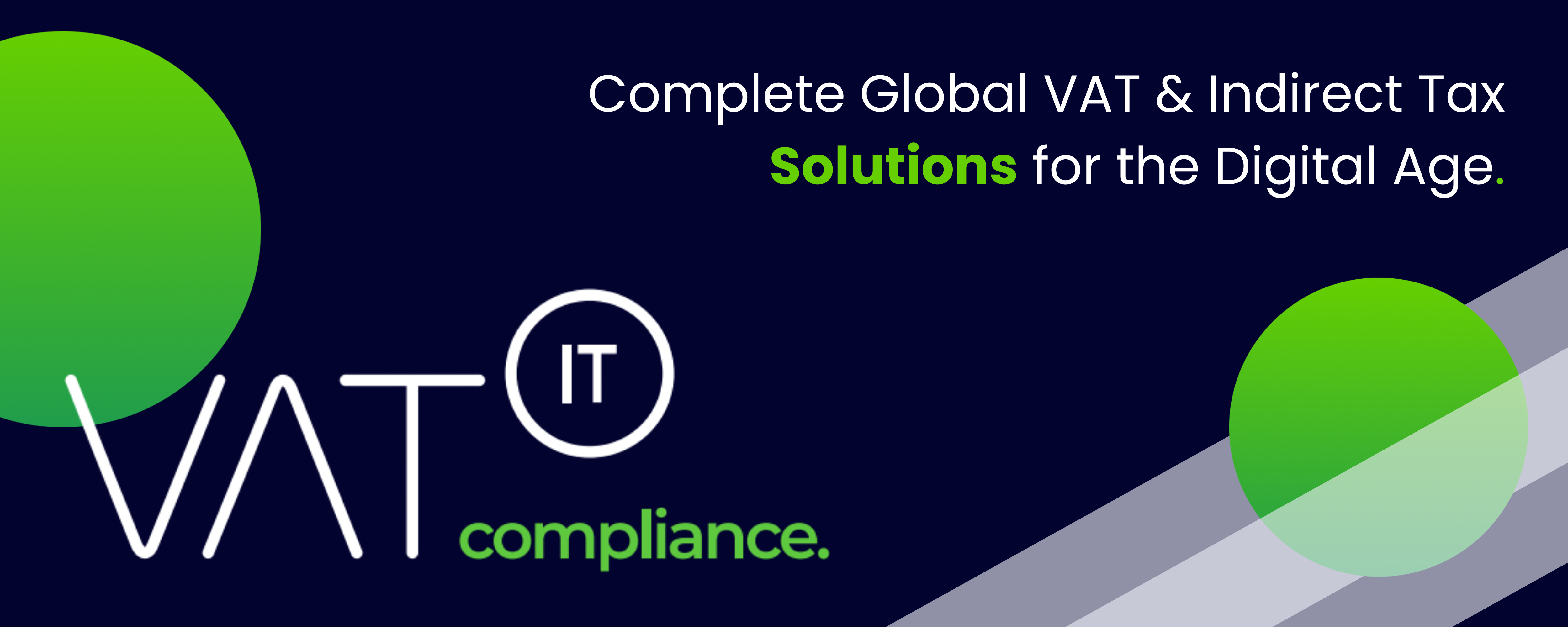In recent years, B2B invoicing has shifted from manual processes to automated systems, with e-invoicing becoming the norm. The 2014 EU Directive aimed to make B2B e-invoicing mandatory, leading to discussions and challenges for businesses. E-invoicing offers benefits such as time and cost savings, faster transactions, fewer errors, simpler archiving, and improved partner relationships. Businesses can choose between managing e-invoicing internally or outsourcing to external providers, depending on their internal resources. However, handling e-invoicing in-house requires technical expertise and common errors include assuming existing team members can manage the work and relying on just a few individuals.
Source Ecosio
- Join the Linkedin Group on Global E-Invoicing/E-Reporting/SAF-T Developments, click HERE
Latest Posts in "World"
- VAT Technology Transformation: Digital Compliance Strategies for 2025 and Beyond
- VAT Considerations in Toll Manufacturing: Classification of Supplies
- VATupdate Newsletter Week 41 2025
- ecosio Webinar – Getting Started with Peppol: What You Need to Know (Dec 4)
- E-Invoicing Exchange Summit Vienna 2025: key insights and highlights















